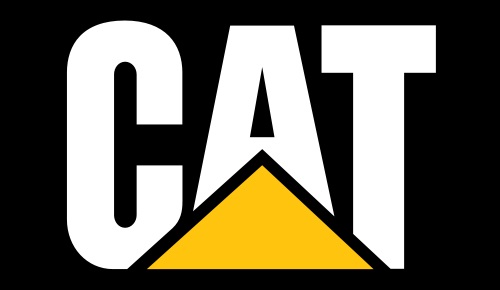A set of layoffs here and another there. Caterpillar Inc.’s (NYSE: CAT) job cuts of 10,000 workers are a reminder that oil patch and infrastructure companies are in rising trouble, and that total layoffs among them may soon equal the number of jobs the U.S. economy adds every month. Source: Thinkstock
Source: Thinkstock
Caterpillar management said:
Building on its 90-year history of providing unmatched product support around the world, Caterpillar Inc. announced a reorganization in its dealer and customer support divisions. These changes are designed to improve and speed the delivery of customer support while simplifying the way Caterpillar interacts with its global dealer network.
Another press release told the real story:
Caterpillar Inc. announced significant restructuring and cost reduction actions that are expected to lower operating costs by about $1.5 billion annually once fully implemented. The cost reduction steps will begin in late 2015 and reflect recent, current and expected market conditions. For 2015, the company’s sales and revenues outlook has weakened, with 2015 sales and revenues now expected to be about $48 billion, or $1 billion lower than the previous outlook of about $49 billion. For 2016, sales and revenues are expected to be about 5 percent below 2015.
Of course, the cuts will not happen in a single month. Same may take a year or more. However, it seems downsizing at big companies has made a comeback recently, which has to undermine the economy.
Oil firm Baker Hughes Inc. (NYSE: BHI) has said it will cut 10,500 jobs. Rival Halliburton Co. (NYSE: HAL) has cut over 14,000. In what may be early consolidations in tech — Qualcomm (NASDAQ: QCOM) — and Web 2.0 — Groupon Inc. (NASDAQ: GRPN) — they have begun to see that their business models are being swamped by competitors.
During the recession, the American economy became a layoff economy. The current trend may be short lived, or it might not. There are signs the U.S. economy has started to slow and gross domestic product may only rise 2% in the second half of the year. The next month will tell whether the layoffs are a major trend.
ALSO READ: America’s Fastest Shrinking Jobs
Essential Tips for Investing: Sponsored
A financial advisor can help you understand the advantages and disadvantages of investment properties. Finding a qualified financial advisor doesn’t have to be hard. SmartAsset’s free tool matches you with up to three financial advisors who serve your area, and you can interview your advisor matches at no cost to decide which one is right for you. If you’re ready to find an advisor who can help you achieve your financial goals, get started now.
Investing in real estate can diversify your portfolio. But expanding your horizons may add additional costs. If you’re an investor looking to minimize expenses, consider checking out online brokerages. They often offer low investment fees, helping you maximize your profit.
Thank you for reading! Have some feedback for us?
Contact the 24/7 Wall St. editorial team.



